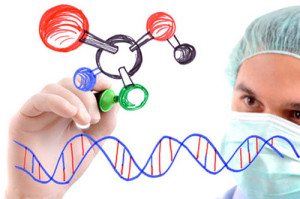A new technology to detect disease biomarkers, in the form of nucleic acids, which are the building blocks of living cells and organisms. The trial test requires only a few drops of blood to be taken from a person. The Proof of Concept (PoC) of this study is already published.
Nucleic acids are sequence of bases stretching from just a few to millions of elements long. The exact order in which these bases are found, even over a short distances, is strongly strict to their functions and they act as indicators of what happening within the cells.
This study was explained using one group of nucleic acids namely microRNAs (miRNAs), which are about 20 base pairs long but can, signal a wide range of diseases, including cancer. Researchers have studied for years, to know the use of miRNAs as biomarkers for cancer. But a problem has been always disclosure, because miRNAs are too short, many technologies have real difficulty identifying them.
To overcome this drawback, the new nanotechnology technique is used to determine whether a specific target nucleic acid sequence exists within a mixture, and to evaluate it if it does through a simple electronic signature. If the sequence what we are looking for is there, it forms a double helix with a probe we provide and we can observe clear signal. The principle involved in the method is differentiating between different nucleic acids to ensure the ones that relate to different types of cancer are detected.
In this study, researchers was successfully detected one class of miRNAs which is mi-R155 indicates particularly lung cancer in humans. The method was quick enough to detect tiny amounts of the biomarker of the particular cancer. Further trials will be required in this development process. Next step will be expanding this technology to study clinical samples of blood and urine.

